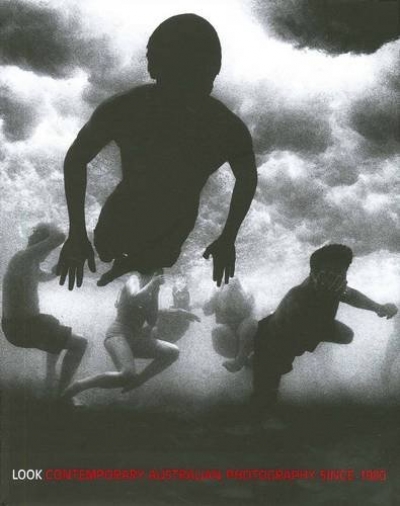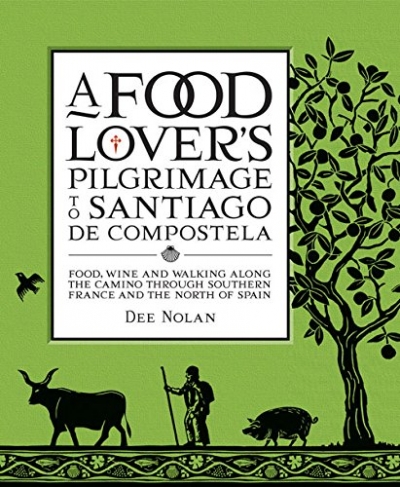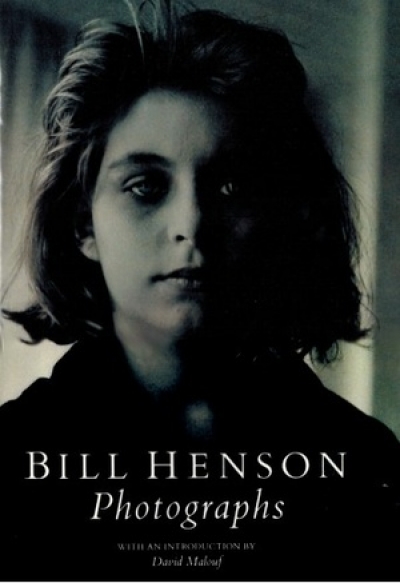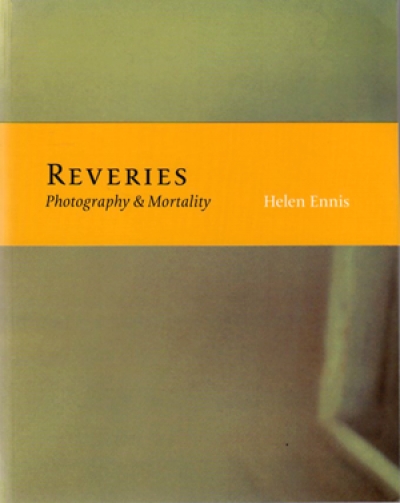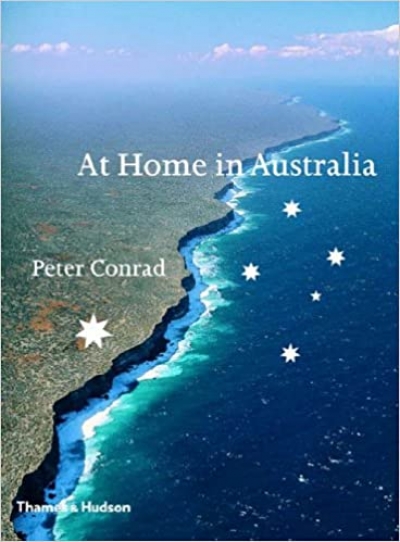Photography
A Food Lover’s Pilgrimage to Santiago de Compostela by Dee Nolan (photography by Earl Carter)
by Paul Genoni •
Bill Henson: Photographs by Bill Henson, introduction by David Malouf
by Helen Grace •
A Century in Focus: South Australian Photography 1840s-1940s by Julie Robinson and Maria Zagala
by Alisa Bunbury •
Printed Images in Colonial Australia 1801-1901 edited by Roger Butler & Printed Images by Australian Artists 1885-1955 edited by Roger Butler
by John McPhee •
Freud at Work: Photographs by Bruce Bernard and David Dawson by Lucien Freud in conversation with Sebastian Smee
by John Gregory •
We’ve been hectored by Miss Greer and savaged by Mr Hughes, but, like Goldilocks with the three bears’ bowls of porridge, Mr Conrad loves us just right. His book At Home in Australia is a collaboration between the National Gallery of Australia and Thames & Hudson, and more particularly between himself and Gael Newton, the gallery’s Senior Curator of Photography, who rang him in London with an invitation to write a book about the gallery’s photography collection.
... (read more)

